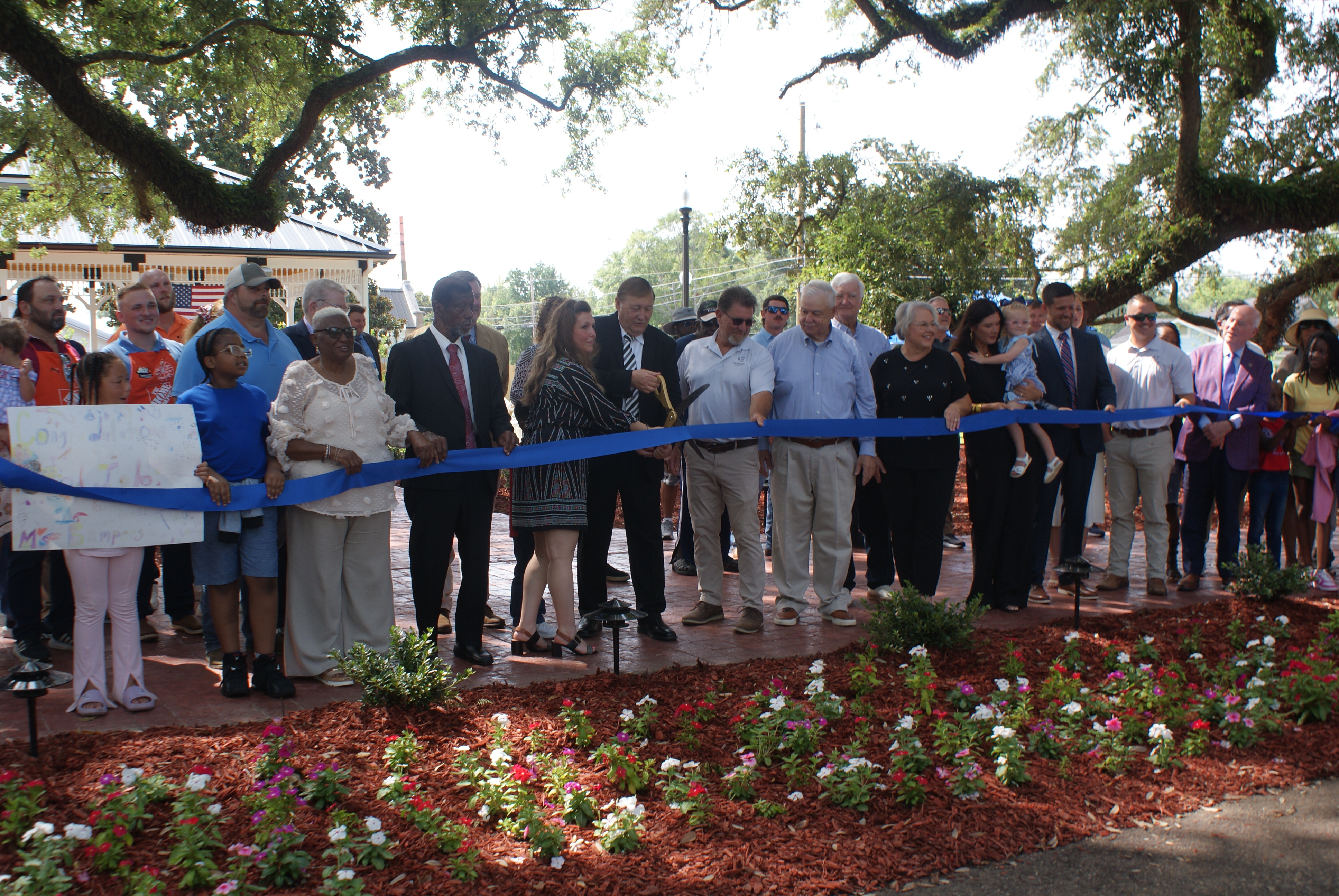County sixth nationally in population rise
Published 4:40 pm Thursday, March 22, 2007
Many long time residents in this area certainly have noticed the boom in population since Hurricane Katrina, but perhaps no one could have expected this small town community to rank so high in growth on a national scale.
According to U.S. Census estimates released today, Pearl River County ranks sixth in the nation for population growth, with almost a nine percent increase. That increase in population occurred after Hurricane Katrina forced many people to leave the Gulf Coast and New Orleans areas for higher ground.
U.S Census estimates indicate the population in Pearl River County has grown by 4,641 to about 57,099 since the storm.
On the flip side Pearl River County’s neighbor, Hancock County, is fifth in the list of counties with a decrease. According to figures in the same report Hancock’s population has suffered a 13.2 percent decrease, which means they have lost about 6,125 of their population. Most of Hancock’s fleeing population is speculated to have moved to the higher elevations in Pearl River County and the above counties.
Plus, the pace of rebuilding after Hurricane Katrina has slowed, leaving New Orleans and some other Gulf Coast areas with less than half the people they had before the storm. And some of the hardest hit might never regain their population, experts say.
The latest Census Bureau estimates say that 10 months after the hurricane, Orleans Parish in Louisiana had slightly less than half the people it did before the storm. Nearby St. Bernard Parish had less than a fourth of its pre-storm population.
The estimates were for July 1, 2006, but experts said few people have moved back since then.
“We’re still doing cleanup but not bringing many housing units on line,” said Greg Rigamer, a demographer in New Orleans. “We are in the process of rehabbing a lot of properties. It takes time to do that.”
Other Gulf Coast communities, meanwhile, have grown as hurricane victims fled to nearby cities and Americans continued a decades-long migration to coastal areas, according the new Census Bureau estimates.
Harris County, Texas, home to Houston, added more than 123,000 people from 2005 to 2006. Houston attracted many Katrina refugees.
The Census Bureau estimates annual county population totals as of July 1, using local records of births and deaths, IRS records of people moving within the United States and census statistics on immigrants.
Rigamer said the Census estimates for the New Orleans area were consistent with his research.
Among the bureau’s findings:
—Of the five U.S. counties that lost the most people from 2005 to 2006, four were hit by Hurricane Katrina. The biggest decrease was in Orleans Parish, where the population dropped by nearly 229,000, to about 223,400. The others were St. Bernard Parish, La.; Hancock County, Miss., Harrison County, Miss., and Jefferson Parish, La.
Wayne County, Mich., rounded out the top five in population loss. The county, which includes Detroit, has been hit by layoffs in the automotive industry.
—Maricopa County, Ariz., home to Phoenix, added the most people from 2005 to 2006. The county added nearly 130,000, to about 3.8 million. It was followed by Harris County, Texas; Riverside County, Calif.; Clark County, Nev., and Tarrant County, Texas.
—Chattahoochee County, Ga., had the highest percentage growth from 2005 to 2006, at 13.2 percent, to just over 14,000 people.
—St. Bernard Parish had the biggest percentage decline from 2005 to 2006, losing 76.2 percent of its population, to about 15,500.
University of New Orleans political scientist Susan Howell said a lot of people are moving in and out of New Orleans even as the overall population number has stabilized.
Howell surveyed city residents last fall and found that about a third were considering leaving the city in the next two years. She said the biggest reasons were crime, the slow pace of recovery and concerns about flooding.
“The full population will not come back,” Howell said. “But it will certainly, at some point, stabilize.”
“The question is, will it stabilize at a point where people will have a good quality of life?” she said.





